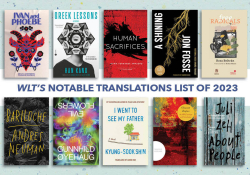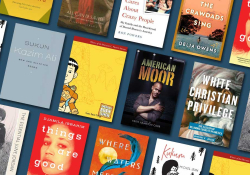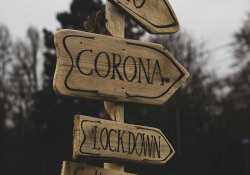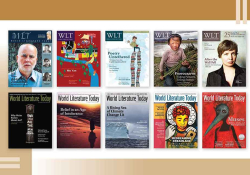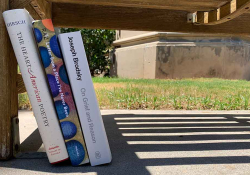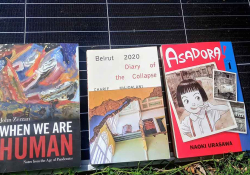Four Books Immigration Policy Makers Should Read
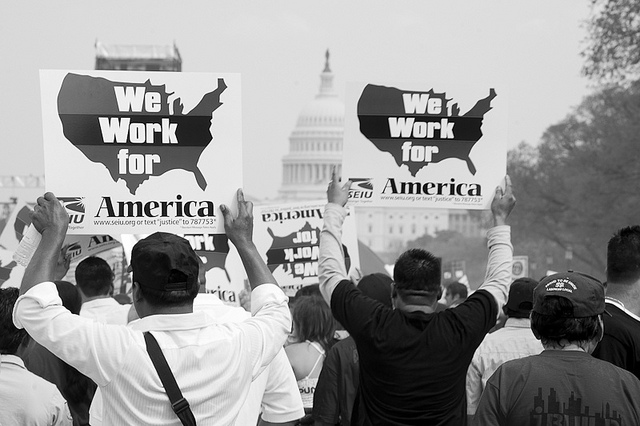
The United States prides itself upon being, as the clichéd phrase goes, “the land of the free and the home of the brave.” However, whenever the courageous refugees fleeing from destitution or oppression come to its borders for aid, they are often stopped at the gates of their envisioned heaven, accused of being criminals, and forcibly thrown into a torturous limbo behind prison-like bars. Immigration detention centers are present around the world. For those on the outside, they are protective barriers between themselves and those they view as barbaric illegal immigrants who would otherwise terrorize the country. But for those on the inside, they are real-life nightmares.
The truth about the detainees in these centers is this: many of them are harmless human beings found in the wrong place at the wrong time. According to PBS, the United States, as of 2011, held nearly 430,000 people in detention centers across the country, many of whom were children, mothers, pregnant women, the elderly, and the ill. Only 55 percent of these detainees were dangerous criminals, the highest number reached thus far. Thus, although some of those held are dangerous, about as many are not. PBS reported that the centers “hold illegal immigrants who have been caught coming over the border, asylum seekers, anyone with or without a criminal record who has been found to be in the country illegally by Immigration and Customs Enforcement [ICE], and sometimes legal permanent residents detained on suspicion of being in the country illegally.”
In the United States, the Department of Homeland Security is responsible for these centers. But how is the DHS treating those confined? NPR reports say that in 2011, there were about two hundred sexual abuse complaints within the past five years. One specific case was of an Indian crew-ship member who came to the US in the late ’90s. In 2009 he was captured from his workplace for visa expiration and detained for years. One night, in 2010 in his Illinois cell, three gang members also living in the detention center sexually assaulted him. He could not report it to the guards of the facility, however, because they were close to the gang members. The abuse continued for months, with the few people he told not taking him seriously. Eventually, with the help of a lawyer, he was released.
Numerous cases of inhumane treatment of detainees have been voiced by other high-profile human rights groups such as Amnesty International and even made into a Frontline documentary. Here in Oklahoma, specifically, DAOK is an organization geared especially toward passing the DREAM Act (Development, Relief, and Education for Alien Minors) and DACA (Deferred Action for Childhood Arrivals). Beginning on November 22, 2013, five people fasted in a church for eleven days for the eleven million undocumented immigrants living in the United States. I had the privilege of meeting and interviewing some of these people. One of them was a recent college graduate. She came to the United States from Mexico with her family when she was two years old and later supported her mother and siblings, supplying them with basic necessities such as food. Though she was never held in a detention center, she knew of many others, legal and illegal, who had to suffer through these hellish centers. For example, a father and son, not undocumented, went on a hunger strike for thirty days because of their unnecessary detainment; they received solitary confinement for doing so.
Although immigration is a hot-button political issue, there is not enough recognition of the cruelty and inhumanity present in the treatment of the immigrants for proper enactment of reform measures. Though there are news sources illustrating the real lives of detainees, the following four books tell these stories in perhaps more approachable ways: not through news clips from sources readers may see as politicized but by immersing the reader in the life of a character. By experiencing these conditions with these characters, perhaps we can all feel a greater sense of urgency to fix this broken system.

Little Bee
Chris Cleave
This novel is about the intertwining lives of a British woman and a Nigerian girl. The Nigerian girl is a refugee forced to reside in a British immigration detention center. She survives through her self-taught English but encounters many struggles. Cleave shows the inhumane treatment of people inside these centers through Little Bee’s narrative.
“The African girl they locked up in the immigration detention center, poor child, she never really escaped. In my soul she is still locked up in there, forever, under the fluorescent lights, curled up on the green linoleum floor with her knees tucked up under her chin.”
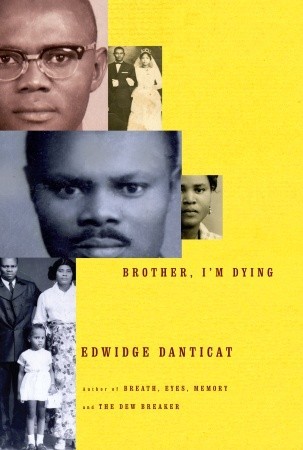
Brother, I’m Dying
Edwidge Danticat
This is the memoir of the niece of Joseph Danticat, an eighty-one-year-old Haitian minister who died after DHS authorities at a Florida detention center denied him medical treatment. The Danticats come to America as Haitian refugees, escaping political unrest and violence in their homeland. Unfortunately for them, the violence only begins at the doorways of the detention center.
“At around 7:30 a.m., they left the detention area to board a white van to Krome. Maxo was handcuffed, but asked if my uncle could not be handcuffed because of his age [eighty-one]. The officer agreed not to handcuff my uncle, but told Maxo to tell my uncle that if he tried to escape he would be shot.”
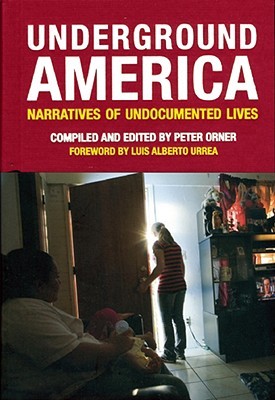
Underground America: Narratives of Undocumented Lives
Peter Orner
This is a nonfiction compilation of stories from undocumented immigrants living and working in the United States. Orner digs deep into the lives of the quiet, hidden immigrants who live their daily lives in fear of deportation or arrest. He also interviews immigrants who have gone through immigration detention center conditions and uncovers horrendous stories.
“When Vica called me, she would tell me they treated her and the other transgender detainees very badly. They would humiliate them, just like other people did. The Immigration and Customs Enforcement people, the security, even the nurses treated them horribly.”
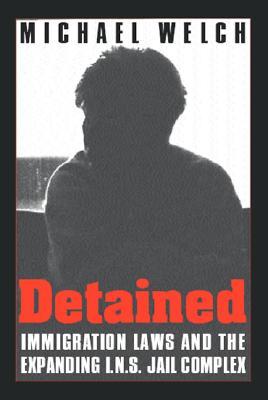
Detained: Immigration Laws and the Expanding I.N.S. Jail Complex
Michael Welch
Professor Welch offers research, analysis, and solutions for reasonable immigration reform. He also deals with the negative views of immigrants as job stealers, terrorists, criminals, and plagues to American society. Welch’s final chapters deal with the broken system of immigration detention centers through personal accounts of interviewees.
“Sesay, a fifty-four-year-old asylum seeker from Sierra Leone, was held in the Wackenhut Corrections Facility in Queens, New York. She described it as such: ‘It is like a hell in here.’”
